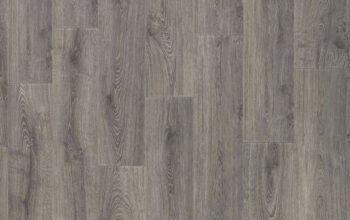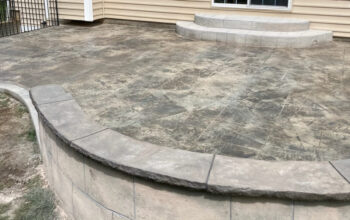If you are getting ready to install new flooring, you may need to get your old floor removed first. Whether it is carpet, vinyl, or linoleum, floor removal can be a challenging process. Each type of flooring presents its own unique set of challenges. Listed below are some options to consider when it comes to floor removal.
To safely remove wood floors, it is best to cut the flooring into sections. It will be easier to remove wood flooring than it is to remove a glued-down surface. Also, make sure your circular saw is narrower than the thickness of the wood so that you don’t cut through the subfloor. Cut each section about one to two feet wide. Afterward, use a pry bar and a mallet to separate the wood. Knee pads will protect your knees from injuries while tearing the wood out.
A traditional floor removal job creates fine dust. This dust will be present on every surface of your home. This can be dangerous for people with asthma or respiratory issues. Additionally, the dust may remain for months after the job is completed, which is a potential health hazard. If you’re not comfortable with the mess and the disruption, consider hiring a professional. The more professional you are, the less disturbance to your life will be. You’ll also be able to avoid the time and effort associated with floor removal.
Vinyl flooring is another common option for floor removal. A vinyl flooring removal is relatively simple if you have all of the necessary materials. If you’re a first-time DIY-er, this project may be easy to tackle. It carries the necessary supplies to remove the flooring. These stores also carry a wide selection of wood and laminate flooring. They will provide you with the tools you need to tackle the project safely. It’s a good idea to check out the different options available before you decide to hire a professional.
Before hiring a floor removal service, you should know the costs associated with the project. The price range for floor removal will depend on a number of factors, including the amount of time spent on setting up and mobilizing equipment. There may be additional fees associated with testing for hazardous materials and remediation of any spills that occur. General contractor overhead is also included in the price. In addition, you should also know whether you’ll have to pay a permit or an inspection fee.
Once you’ve determined the price for the job, you can start planning for the next step. You can start by wetting the floor to remove any asbestos that may be on the surface. Then, you can start removing floor tiles by removing tiles from the edges of the work area. Using a putty knife and a hammer, loosen the first tile. Repeat the process for the other tiles. It’s important to clean the flooring thoroughly before you move on to the next step.
You can also remove glued-down vinyl by scraping it with a hard scraper. You can also use a pry bar and hammer to chip away at the old adhesive. If you’re removing a vinyl plank or tile, you may need to use a putty knife to pry up the corner of the plank or tile. This will release the glue that’s holding it down. You can also use a heat gun to help loosen the adhesive.
When it comes to hardwood flooring, there are many options available. You can install a floating floor or a glued-down one. Each method has its pros and cons. Regardless of which option you choose, it’s essential that you find a professional company that understands the differences between the two methods of installation. Using this method ensures a smooth, painless, and quick job that won’t leave behind any hazardous residue.
Depending on the size and type of floor you’re replacing, you can use a walk-behind floor scraper to tackle the toughest jobs. A ride-on model is best for small-sized jobs. Handheld floor scrapers come in different lengths and blade pitches. Handheld industrial scrapers are a good option for removing adhesive from concrete floors. A walk-behind concrete grinder has rotating discs that remove paint, sealants, and thin-set mortar from your floors. A manual scraper can also be used to remove glued laminate floors.


